Sake (or Japanese rice wine) is a classic Japanese alcoholic beverage with so many types and the process of making it reqires a lot of time and effort. There are so many standards for making a good quality sake. How much is the alcohol content? Which temperature is required while making sake? And do you know there are various types depending on rice polishing ratio. Today, let’s find out all about from this traditional Japanese rice wine, from the history to some recommondations of delicious Japanese sake.
What is Sake?
Sake is a Japanese drink made by steaming white rice, adding koji and water, and allowing it to ferment and mature. Locals used this as a seasoning for cooking. According to the definition, the Japanese use rice as the main ingredient, and they included a process called “kosu” in the manufacturing phase.
In Japan, the Liquor Tax Law is the comprehensive law for alcoholic beverages. In the same law, “refined sake” refers to alcoholic beverages that meet the following requirements and have an alcohol content of less than 22%.
While being the most common name for it, locals regarded it as sasa in the past. And in the English-speaking world, people occasionally termed “Japanese rice wine.” But currently, using the word “sake” alone is more prevalent.
Names
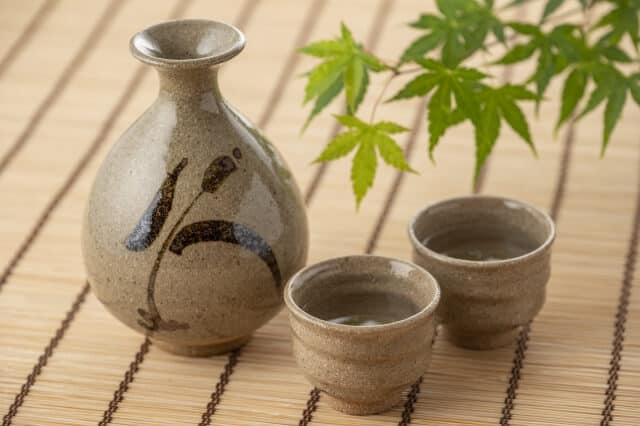
The Japanese referred to the Japanese drink as “Sasa” in ancient Japanese. “Hannyato” and “Kichigai water” in Buddhist monk jargon since the Edo period. Young people in the present day sometimes refer to it as “Ponshu.” Nihon-shu is not widely used in the United States, where it is more frequently referred to as “Sake.”
Alcohol content of Sake
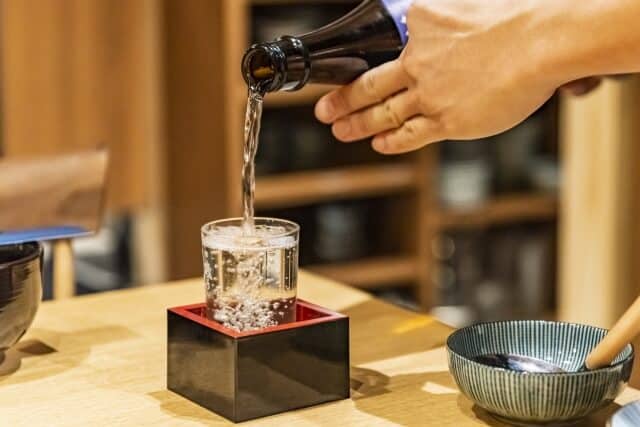
A typical bottle contains 15–16% alcohol, which is high for a brewed liquor. The alcohol content is in the 6% to 8% range, which is slightly higher than that of beer or roughly the same as wine (lower 10% range), and is able to compete with Western alcoholic beverages, including exports. These products have been developed and sold one after another to respond to consumers, such as women and young people, who prefer light alcohol.
History
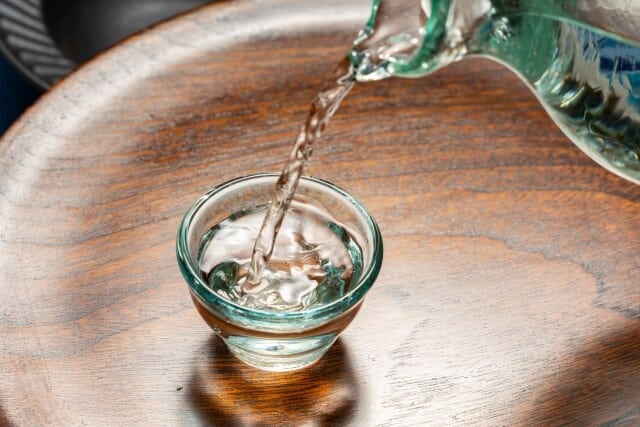
While it is true that rice cultivation, the main ingredient in sake, was first established in the Yayoi period, there is also evidence to suggest that the Japanese already used rice-based sake during the Jomon period.
Nara period
Despite the fact that some people have been drinking sake for a very long time, they believed that the current method of brewing rice wine was introduced to China during the Nara period and quickly swept across the country. Around this period, they established the “Sake no Tsukasa” organization to oversee the rice wine served to the Imperial Court.
Heian period
Documents that go into greater detail on the process of making sake were increasingly common throughout the Heian period. The “Sobousake” produced in shrines and temples like Koyasan was well-liked in the period as a premium sake. However, it appears that rice wine was still not something that regular people could consume casually in those days because they mostly utilized this for Shinto rites.
Kamakura Period
During the Kamakura period, the rise of so-called “Kamakura Buddhism†led to an increase in the number of temples, shrines, and sake breweries that produced sake. Together with the development of commerce, sake came to have a value comparable to that of rice.
Muromachi Period
Sake production techniques improved throughout the Muromachi period. It may be argued that by the time locals created the two-step procedure of adding water to the steamed rice and koji, they finished the current method for making rice wine.
Edo Period
Craftsmen could now create sake in large quantities, and the quality improved during the Edo era. Additionally, methods like “kanzukuri,” which they prepared in the winter, “the mild technique,” which modifies the aroma of rice wine, and “the burning method,” which enhances storage, were all created and disseminated to the general populace by merchants.
Meiji period
The government by that time forbid home-brewed rice wine during the Meiji era and imposed a “liquor tax” to tax sake. Sake began to develop as well, with the establishment of a national institute that undertook chemical research on brewing procedures.
How to make Sake?
STEP 1: Polished rice
Sake brewing starts with polishing rice, which is the main ingredient of rice wine. By the way, in many cases, they use “sake rice” for sake brewing instead of edible rice. Sake rice has a lower protein content and is less sticky than edible rice.
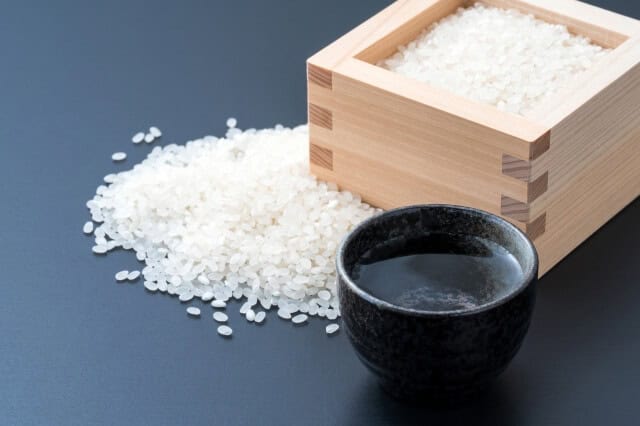
STEP 2: Washing/soaking rice
This is the process of washing the polished rice and removing the bran. It is necessary to remove the bran and dirt from the rice to make delicious sake. After washing the rice, soaked the rice in water to absorb the right amount of water.
STEP 3: Steamed rice/cooled
Then, steam the rice soaked with water – steam it in a large bamboo steamer called a koshiki. By steaming the sake rice, the starch content of the rice changes. In addition to adjusting the amount of moisture suitable for rice wine brewing, it also has a sterilizing effect.
Koji making
The process of turning steamed rice into koji, which is the basis of sake, is what locals also called “seikikuâ€.
Shubo making
Shubo is a large amount of yeast that promotes alcoholic fermentation. Next, add the yeast, lactic acid bacteria, and steamed rice to a mixture of koji and water. Generally, the yeast starter completes in two weeks to one month.
Moromi (moromi) and preparation
Put the shubo in a tank and add koji, steamed rice, and water to ferment it. Fermentation takes about 3 weeks to 1 month, and the fermented state, which is the basis of sake, is what the Japanese call “moromi”.
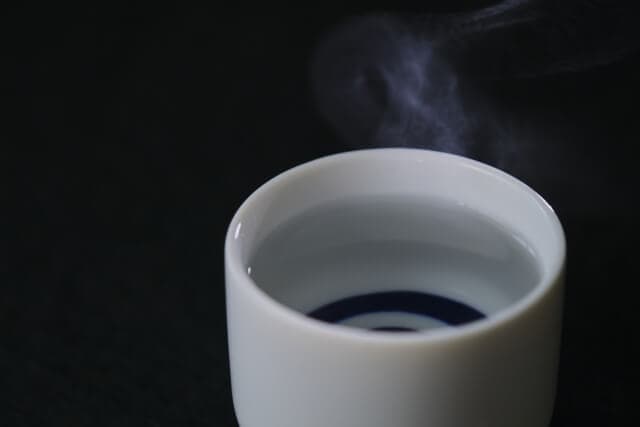
STEP 4: Upper tank
After the fermentation period is over, squeezed the moromi (pressed) and separate it into sake and rice wine lees. In addition to changing depending on each brewery and type of sake, locals determined it based on the weather, component analysis values, etc.
STEP 5: Filtration / Burning
Freshly squeezed sake contains small solids such as finely chopped rice and yeast. Filter to remove them. The subsequent heat treatment is the “hiireâ€. You can sterilize this by heat treatment which prevents sake from spoiling.
STEP 6: Storage/Preparation/Sprinkling water
After burning, you should store it for aging. Stored sake aged for about half a year to a year turns into a mellow taste. Then, you can blend it (preparation/split water) according to each brand of unblended whisky.
STEP 7: Pasteurization/bottling
Brewing is finally the final process. Before shipping, pasteurize the mixed rice wine again to stabilize the rice wine. After that, fill it in a jar or pack and you’re done.
What is a “Toji”?
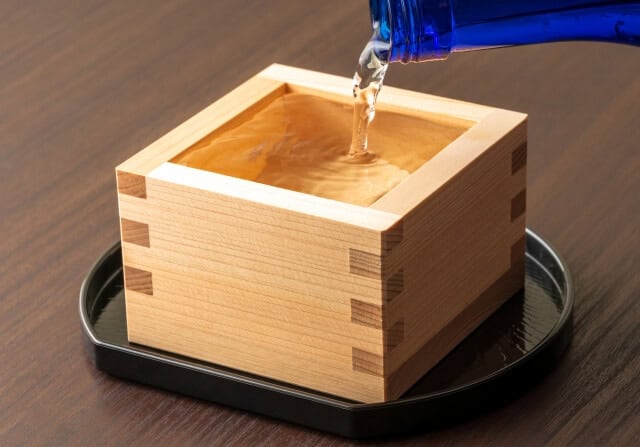
Regarding the foundations of sake, you should also be aware of the Toji. In a brewery, a toji is akin to the person in charge of every step of the rice wine brewing process. By the way, kurabito refers to any rice wine brewing technicians than toji. The head brewers oversee all of the intricate steps involved in producing sake in addition to managing the brewers. The “Japan’s Three Great Toji” is also referred to as “Nanbu” and “Tanba” from Hyogo.
Right temperature in making Sake

One of the benefits of sake is the possibility to change the temperature. You can serve it at a higher temperature than other alcoholic beverages. In general, the normal temperature is 20 to 25 degrees Celsius. This is the average indoor temperature, which for wine is roughly 18°C. One thing to keep in mind is that leaving it alone in the room is not room temperature, but rather allowing it to settle at a certain temperature around here.
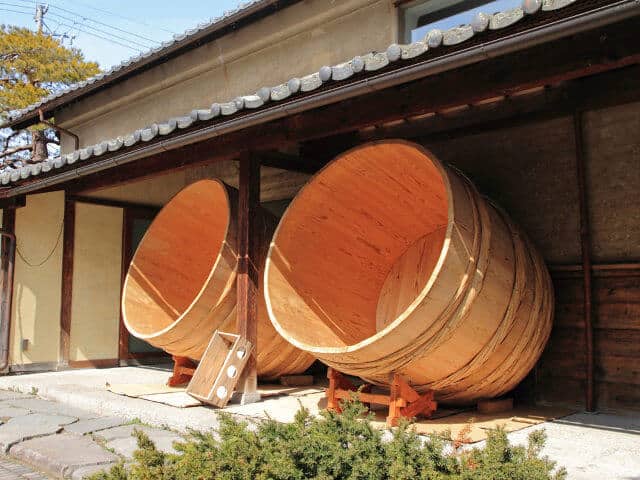
Even if it’s room temperature when you try to drink it, you may leave it in a sunny spot in a room with the heating on. And the heat turned off in a particularly chilly winter room, or in the summer when you’re away from home with the air conditioner on. When the temperature drops to roughly 5°C, professionals call it to be ‘hiya,’ which they considered normal. They regarded the “Cold sake” as being between 5 and 10 degrees Celsius. Around 10 degrees Celsius is referred to as ‘hanarei,’ while around 15 degrees is the ‘suzurei.’ In terms of wine, it will be in the sparkling wine, general white wine, and light red wine classifications.
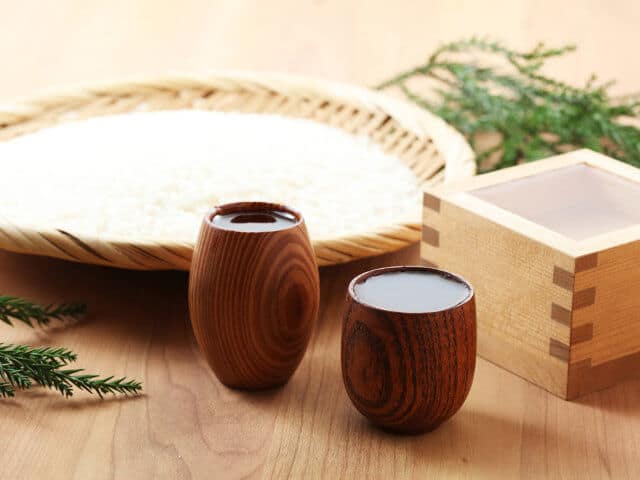
If you want to enjoy the fragrance richly, the temperature of around 15°C is good, and the spread is easy to understand. Flavors such as umami, sweetness, and sourness become swelled, spread, and softened when the temperature rises, and become refreshing, dry, and light when chilled. It will be easier to feel the elements equivalent to finesse and minerality in wine.
Various types

| Daiginjo | Ginjo | Junmai Daiginjo | Junmai Ginjo | Special pure Rice | Pure Rice | Honjozoshu | |
|---|---|---|---|---|---|---|---|
| Rice polishing ratio | less than 50 | 60% or less | less than 50 | 60% or less | 60% or less | 70% or less | 70% or less |
| Material | White rice/Koji rice/Water/Distilled alcohol | White rice/Koji rice/Water/Distilled alcohol | White rice/malt rice/water | White rice/malt rice/water | White rice/malt rice/water | White rice/malt rice/water | White rice/Koji rice/Water/Distilled alcohol |
Rice suitable for brewing
Large grain
Large and firm grains are suitable for sake brewing. Therefore, it is difficult to cultivate, such as the ears of rice are high and they fall easily.
The core of the rice is large
Shinpaku is the opaque white spot in the center of the rice. If the heart is large, it has properties such as easy growth of koji mold, good water absorption, and easy progress of alcoholic fermentation in a well-balanced manner.
Less sticky
“Sake brewing suitable rice” is less sticky, so it is hard on the outside and soft on the inside. Having an external hard and internal soft is the best condition for rice wine brewing.
What is the rice polishing ratio?
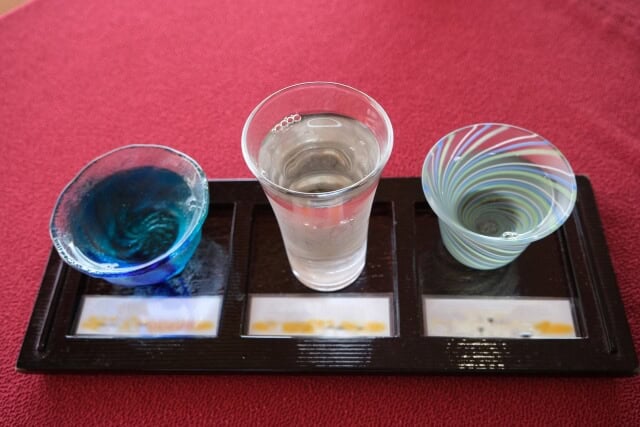
The rice-polishing ratio is the percentage of white rice left after polishing. When we eat rice, we usually polish it from brown rice to white rice, and the same is true for sake brewing. At this time, if the state of brown rice is 100%, if it is at 40%, the rice polishing ratio will be 60%.
The lower the rice polishing ratio, the more brown rice is required to make the same amount of sake, so basically, the price will be higher. In addition, the center of rice contains starch and the outside contains protein, and this protein contributes to the off-taste of rice wine.
Difference between normal rice and the sake rice
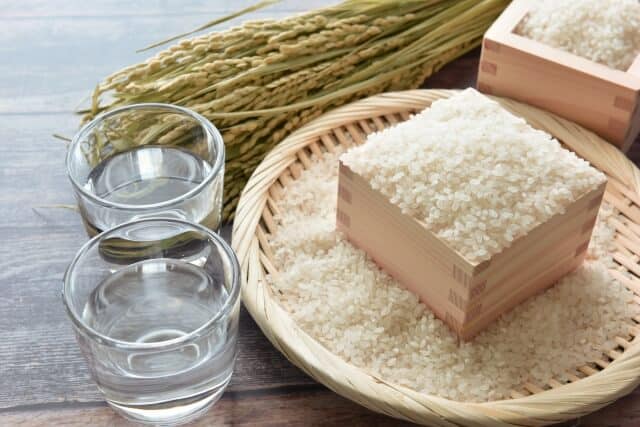
To begin with, if you look at the ingredients of sake rice, you will see that it has very little protein and fat when compared to rice. Rice is high in protein and lipids, which contribute to its umami and gloss. Proteins are broken into amino acids. It is a source of umami, but if there is too much of it, it produces a mixed flavor. Rice-derived amino acids account for around 6% of the total in rice wines. Lipids hinder the growth of fragrance ingredients.
The starchy percentage will invariably be pure. It is useful for alcoholic fermentation, which uses a lot of sugar. And the appearance of rice is characterized by bigger grains than ordinary rice. The manufactured majority of rice wine is from polished rice. The key is the outer circle of the polished rice before usage, but the ratio is completely different from what we consume.
Recommended Sake Area
Takagi Sake Brewery
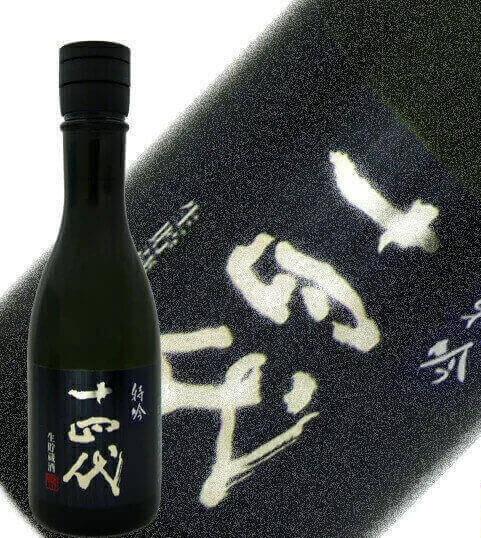
Takagi Shuzo’s Juyondai Junmai Tokugin has an alcohol content of about 14-15% and a rice polishing ratio of 40%. It is famous as a premier brand in Yamagata Prefecture called “phantom sake”. It has such a deep flavor that you won’t get bored even if you take your time and savor it on its own.
Asahi Sake Brewery
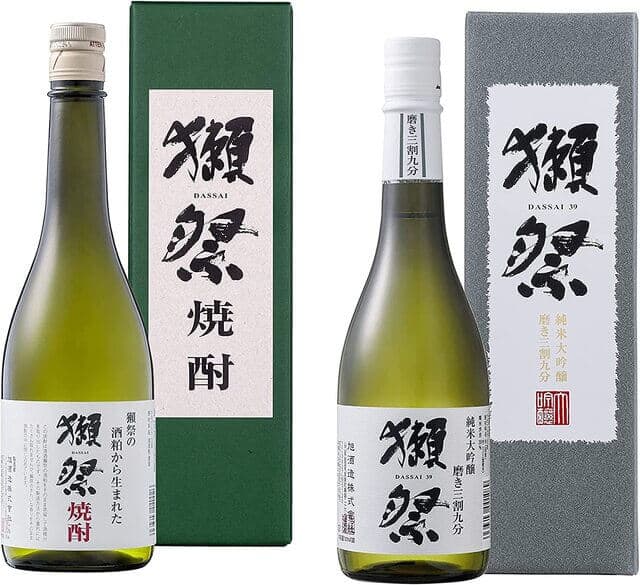
Asahi Shuzo’s “Dassai Junmai Daiginjo 45” is said to be attractive for its delicate sweetness and gorgeous aroma of rice. The alcohol content is 16% and the rice polishing ratio is 45%. It has a rich flavor, but many people say that it is easy to drink because it has a refreshing and light mouthfeel.
Kamo Nishiki Sake Brewery
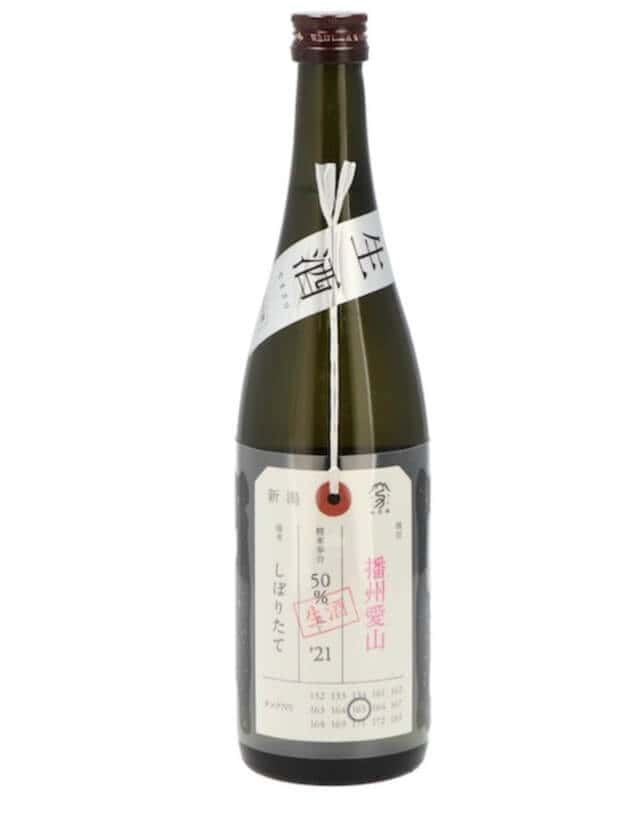
Kamonishiki Sake Brewery “Tagudashu Junmai Daiginjo Nama Banshu Aizan†is an unfiltered raw sake made in Niigata Prefecture. Brewed in Aizan, rare sake rice. You can feel the plumpness of the rice as if to follow the refreshing fruitiness of Muscato.
Saiya Sake Brewery
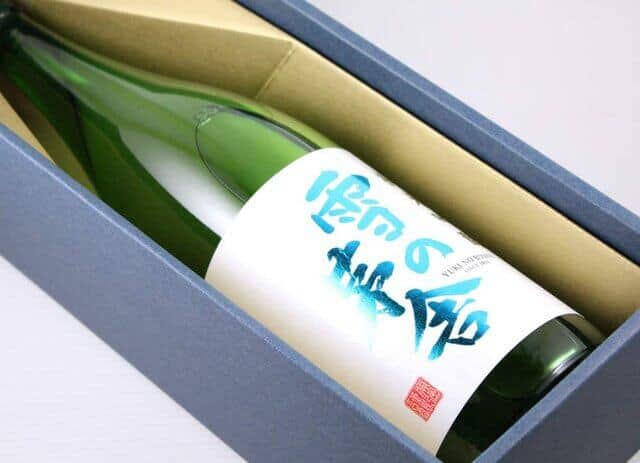
Saiya Sake Brewery’s “Yuki no Bosha Junmai Ginjo” is a Japanese sake made with the natural action of yeast without filtering or adding water. It has an alcohol content of 16-17% and is slightly sweet and have a scent reminiscent of apples.
Where to buy Sake
Ryuzuki SUSHI
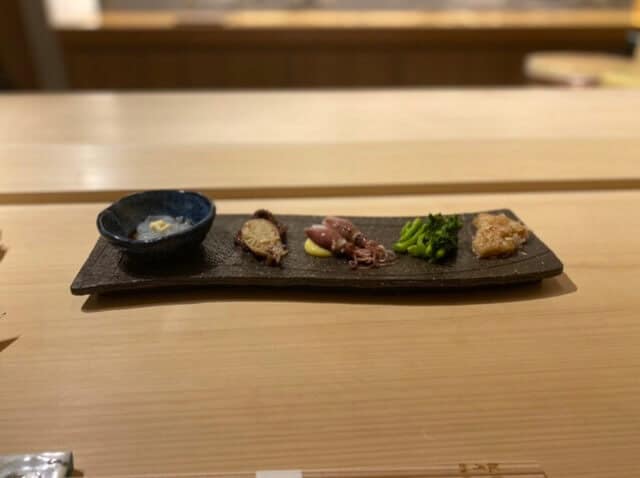
Here is the shop where you can enjoy delicious sake in Tokyo. Using fresh ingredients sent directly from the fishing port, the chef carefully prepares each piece. Luxurious toppings such as large fatty tuna and tiger prawns appear one after another. It’s perfect for important days and entertainment. Ryugetsu SUSHI is a place where you can enjoy carefully selected sake that goes well with high-quality toppings.
Maguro Mart
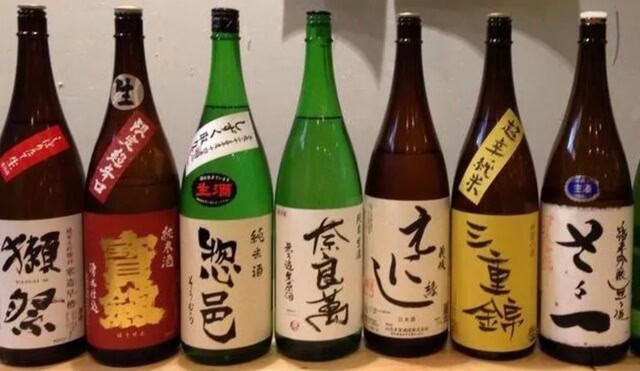
This restaurant specializes in tuna dishes, located about an 8-minute walk from Nakano Station. It’s a very popular restaurant where you can have delicious sake with tuna, and reservations are essential. There is a wide variety of Japanese sake collection by owner who loves Japanese rice wine. Even if you don’t know much about sake, just ask the store manager and he will recommend the perfect brand for you.
Sora
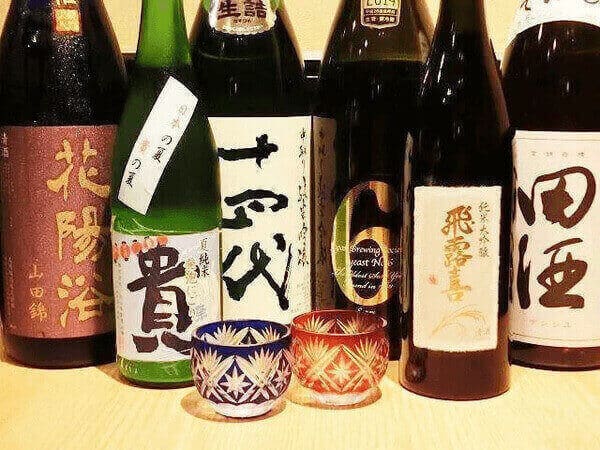
It is a popular Japanese sake shop on the first basement floor of the building, known only to those who know Ikebukuro. The shop owner filled this place with a sense of cleanliness. For rice wine lovers, the “4 kinds of sake tasting set†is irresistible. It’s a value set that allows you to taste the carefully selected rice wine selected by the owner. Even if you’re new to rice wine, you can taste and compare all 4 types.
Takeaway
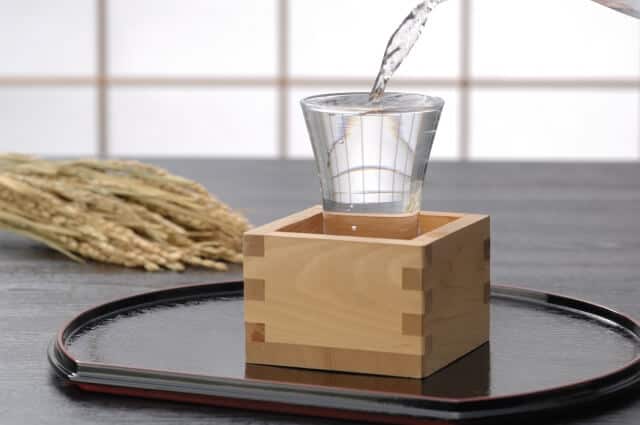
Sake goes perfectly with every Japanese food and/or dish and can be enjoyed hot or cold. In recent years, there is a wide variety of sake, including sake developed for the younger generation, women, and overseas. The starch-to-sugar conversion, and the fermentation of that sugar, take place simultaneously in the same tank. This makes sake unique; in other beverages, the conversion to sugar occurs first, and fermentation later. Researchers and many experts considered sake to be one of the healthiest beverages in the world.
This liquor goes well with every Japanese food that ever exists, if you are into drinking Japanese alcoholic beverages, you can also try Awamori from Okinawa.
We also recommend the Japanese sake below, so please read on.
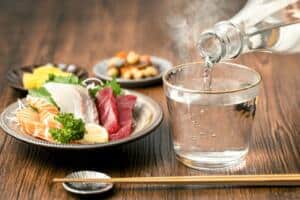
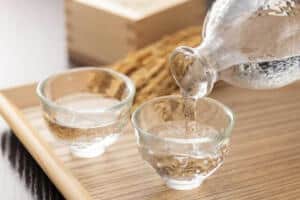
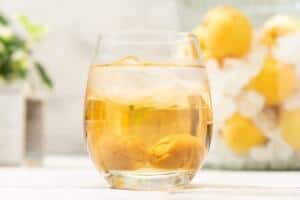
Sake Videos
FAQ
- What is Japanese sake?
A traditional Japanese alcoholic drink made from rice, water, yeast, and koji mold. It’s sometimes called “rice wine,” but the brewing process is closer to beer.
- How strong is it?
Most sake has 13–17% alcohol, similar to strong wine.
- How is it usually served?
It can be served cold, room temperature, or warm depending on the type and season.
- What does it taste like?
It can range from dry to sweet, with fruity, floral, or nutty flavors depending on the rice, water, and brewing method.
- What kinds of sake are there?
Common types include Junmai (pure rice sake), Ginjo (fragrant and smooth), and Daiginjo (premium with fruity aroma).
- How should I drink it?
Sip slowly. You can drink it from a small cup (ochoko) or glass. It’s often enjoyed with food, not just alone.
- What food goes well with sake?
Sushi, sashimi, grilled fish, tofu, or tempura. Each region often pairs local dishes with local sake.
- What is the difference between sake and shochu?
Sake is brewed from rice, while shochu is distilled (like whiskey) and made from ingredients such as sweet potato or barley.
- How should I store sake?
Keep it in a cool, dark place. Once opened, store in the refrigerator and drink within a few weeks.
- Can I bring sake home as a souvenir?
Yes, bottled sake is easy to carry. Check your country’s customs rules for alcohol limits.
- Is sake vegan?
Most are vegan, but some may use animal-based fining agents. Ask the brewer or shop if unsure.
- Where can I try sake in Japan?
Izakaya (Japanese pubs), sake breweries (sakagura), tasting bars, or specialty shops. Many breweries offer tours and tastings.
- What’s the best way to say “cheers” in Japanese?
Say “Kanpai!” (乾杯!) before drinking — it means “Cheers!”
- Useful Japanese phrases
“I’d like to try local sake.” — 地酒を飲んでみたいです。 Jizake o nonde mitai desu.
“One glass of sake, please.” — 日本酒を一杯ください。 Nihonshu o ippai kudasai.
“Can you recommend a sake?” — おすすめの日本酒はありますか? Osusume no nihonshu wa arimasu ka?
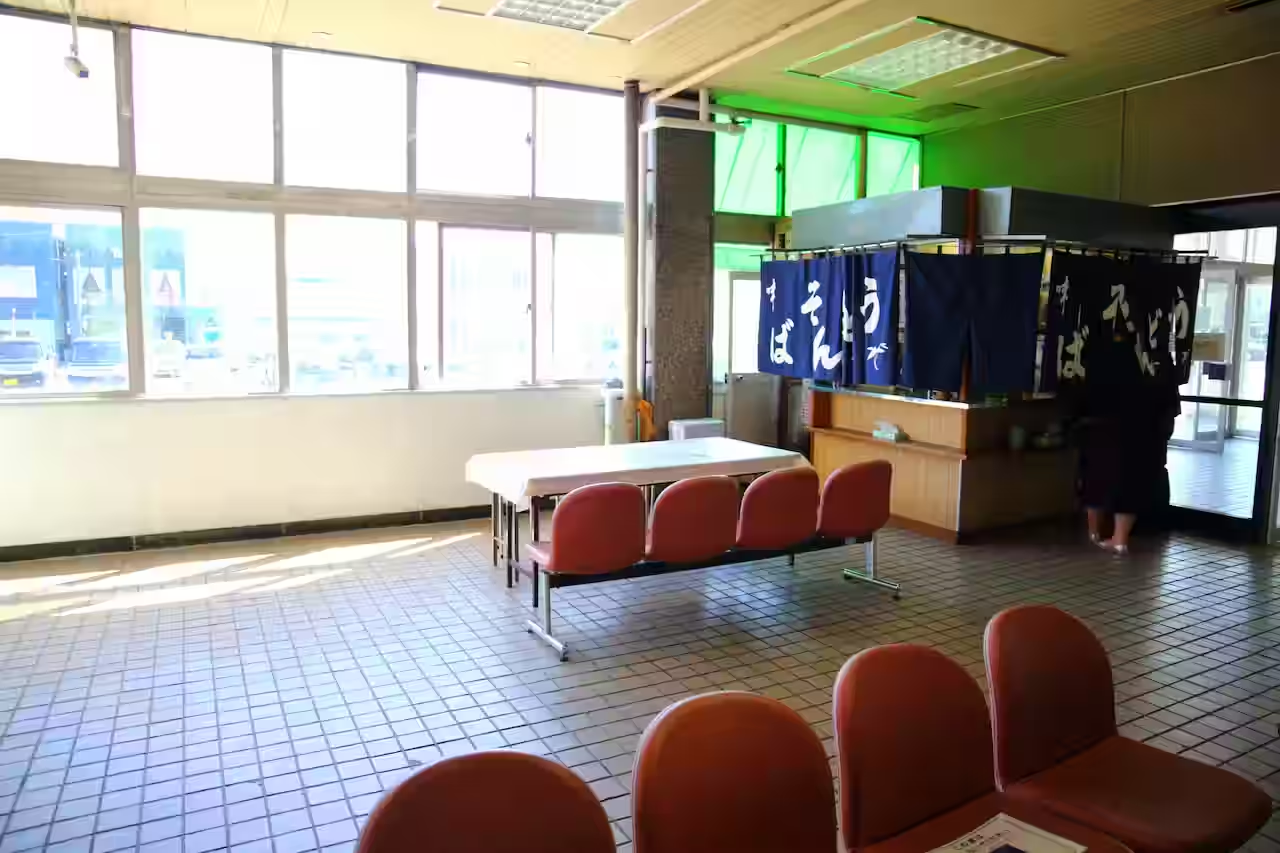





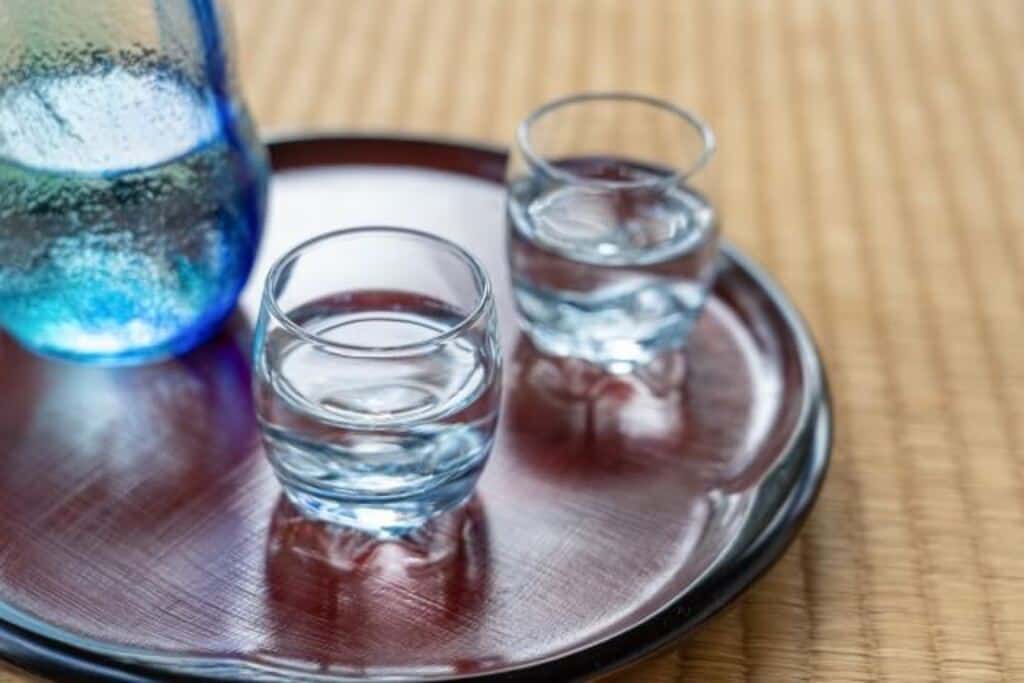
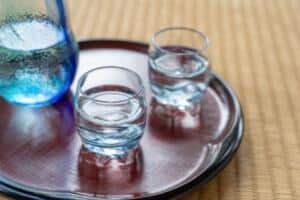
Comments